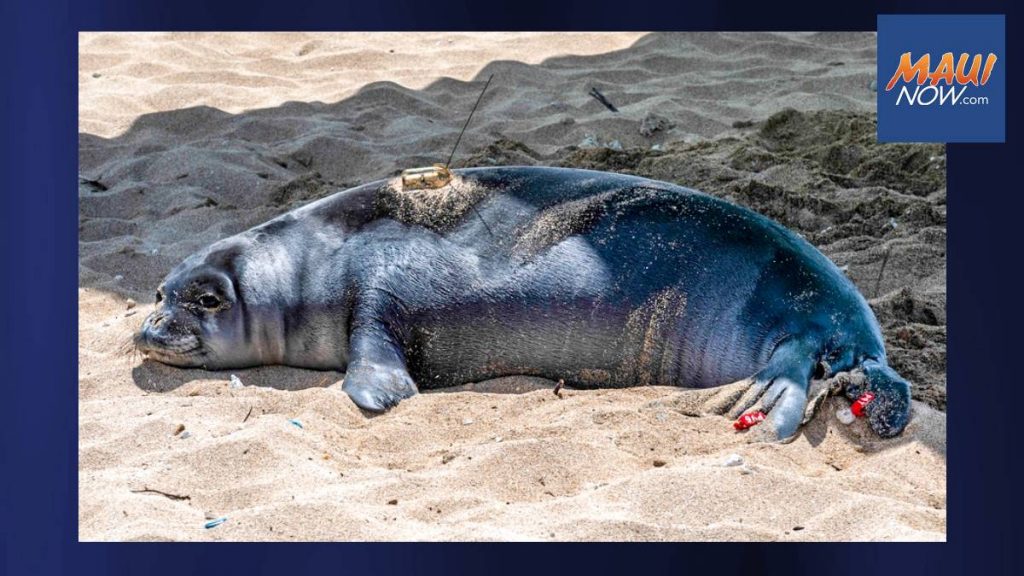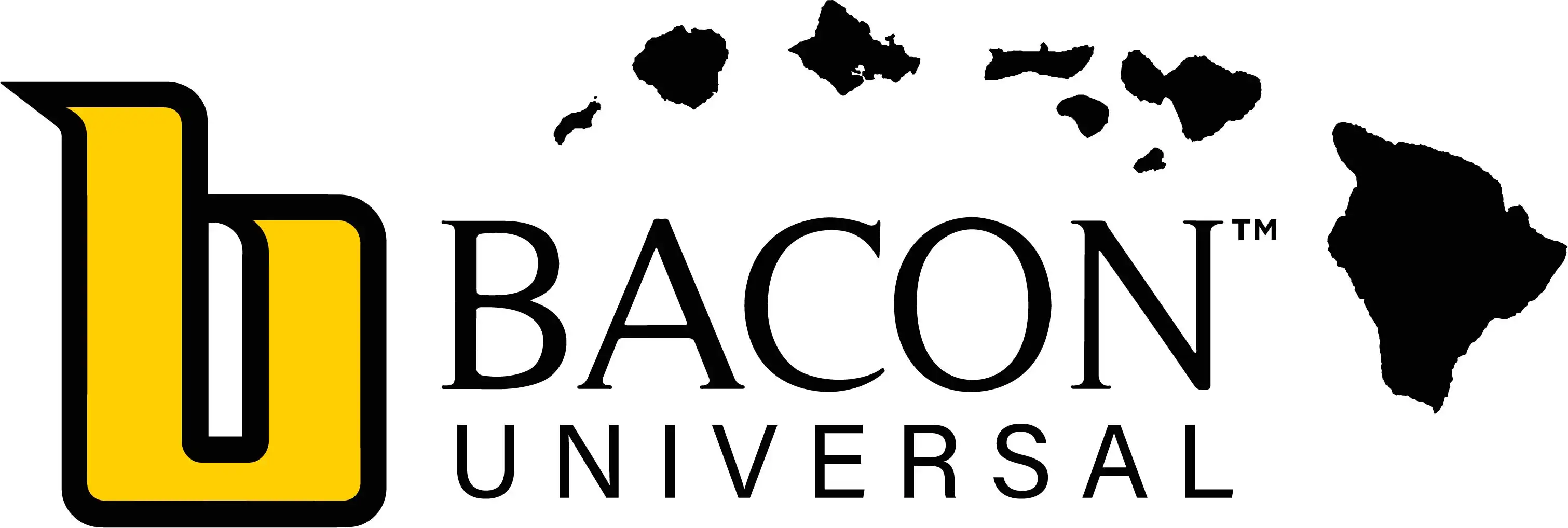Monk Seal Pup Lōliʻi Released on Protected Beach at Marine Corps Base Hawaiʻi

To increase its chances of survival, an Hawaiian monk seal pup named Lōliʻi was transferred in June from people crowded Waikīkī Beach to a wildlife protected beach at Marine Corps Base Hawaiʻi on Oʻahu .
“What happens after about six weeks of nursing is the mother seal abruptly leaves,” said Angela Amlin, a Hawaiian Monk Seal Recovery Coordinator for the National Oceanic and Atmospheric Administration (NOAA). “Then you have a young monk seal pup on a beach by itself, and it’s in this phase where it’s learning a lot.”
In a heavily populated environment, such as the crowds in Waikīkī, a seal learns to be social with not only other seals, but also people. Young, recently weaned pups, like Lōliʻi, can be particularly curious.
“They can become conditioned, and can even attempt to play and engage in other seal social behavior with people,” Amlin said. “This is really concerning because once they get bigger, conditioned seals can end up injuring people seriously.”
A seal’s ability to survive in the wild also can be negatively impacted by its social engagement with humans.
“We were really concerned about keeping both Lōliʻi safe in the wild and keeping the public safe,” Amlin said. “We know from past experiences that if we move seals at this young age, they do just as well as seals that remain on their natal (birth) beach.”
Relocating a monk seal is serious business. NOAA extensively assesses risks to the seal when evaluating relocation and potential relocation sites. Some of these risks include the probability of human interaction, fishing hooks and nets, and off-leash pets.
“In May we got a call from NOAA,” said Lance Bookless, the senior natural resources manager for the base’s Environmental Compliance and Protection Division. “They asked us if we would be willing to release the pup here, based on their risk assessment.”
On June 10, Lōliʻi was transported to the base. Before the pup was released on a wildlife protected beach, NOAA collected blood and tissue sample, attached a GPS transmitter and put identifying tags on its two flippers.
The importance of tracking these seals is to ensure that they remain safe, despite the dangers around them.
“They are an extremely endangered marine mammal,” Bookless said. “There’s only about 1,400 of them left in the wild. They estimate roughly three hundred of them inhabit the main Hawaiian Islands.”
With efforts like this relocation, there is hope for a brighter future for the Hawaiian monk seal.
“The whole purpose of trying to protect them is so they can rebuild the population, and someday they may be able to be taken off the endangered list,” Bookless said.
Partnering with organizations like NOAA is important to the Marine Corps Base Hawaiʻi’s mission of protecting and preserving the wildlife of Hawaiʻi.
As a reminder, please view Hawaiʻi wildlife responsibly. NOAA recommends and the base requires staying at least 50 feet away from monk seals — both on land and in water. Please report sightings of Hawaiian monk seals or injured marine mammals and sea turtles to the NOAA Marine Wildlife hotline at 888-256-9840.









